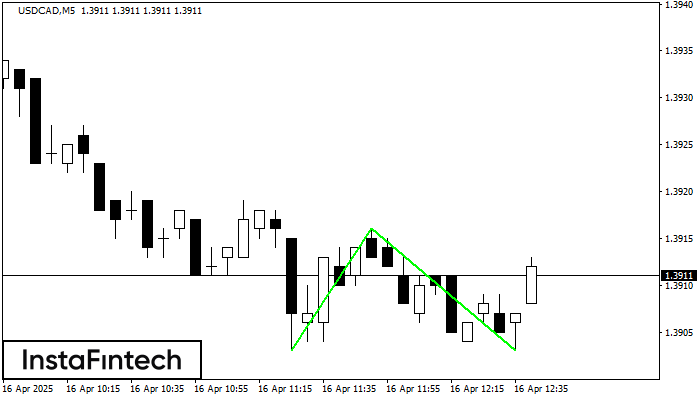was formed on 16.04 at 11:45:26 (UTC+0)
signal strength 1 of 5
signal strength 1 of 5

The Double Bottom pattern has been formed on USDCAD M5; the upper boundary is 1.3916; the lower boundary is 1.3903. The width of the pattern is 13 points. In case of a break of the upper boundary 1.3916, a change in the trend can be predicted where the width of the pattern will coincide with the distance to a possible take profit level.
The M5 and M15 time frames may have more false entry points.
Figure
Instrument
Timeframe
Trend
Signal Strength






